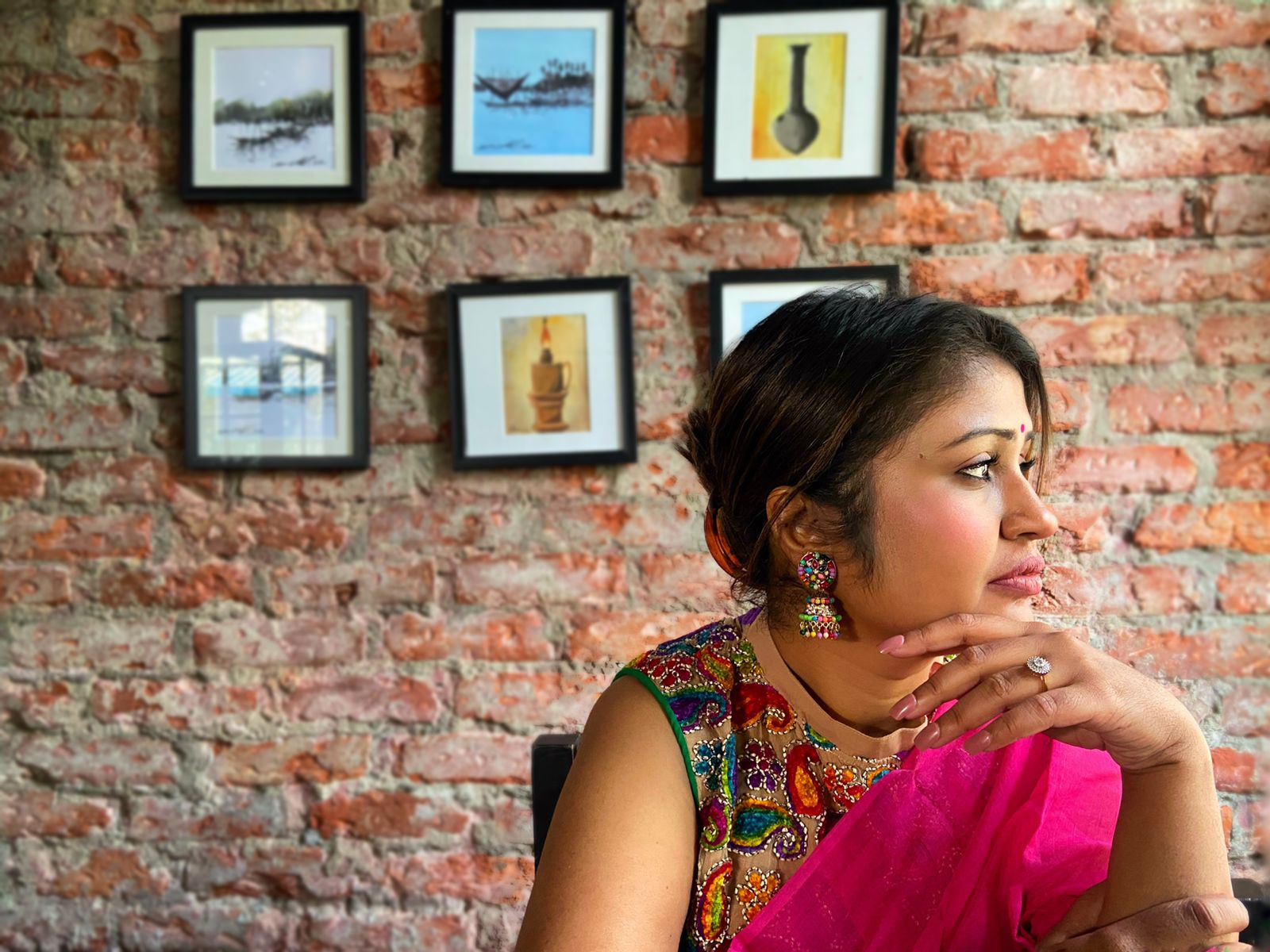

Naharin Chowdhury, a fashion designing teacher of Shanto-Mariam University of Creative Technology and CEO of Bangladesh’s first 360 degree fashion agency “Jujube Bangladesh” has provided a thoughtful and balanced perspective on the intersection of traditional and modern fashion in Bangladesh. Her insights during the interview emphasise several key aspects:
Global Influence on Fashion:
Naharin acknowledges that globalization, enhanced communication, the internet, and the availability of foreign products have made it easier for people, especially the younger generation, to adopt international trends. This trend is inevitable in the modern interconnected world.
The Role of Bangladeshi Designers & Experts:
She highlights the responsibility of Bangladeshi designers, fashion market experts, and branding professionals in addressing this shift. By focusing on the comfort, taste, and preferences of the younger generation, these stakeholders can make traditional fashion more appealing and relevant.
Teamwork & Strategy:
According to Naharin, revitalizing interest in traditional Bangladeshi fashion requires a collaborative effort. Designers, marketers, and branding experts need to work together to present traditional fashion in ways that resonate with the youth. It’s not just about creating products but ensuring their promotion aligns with modern consumer behavior.
Preserving Culture While Embracing Change:
She stresses the importance of educating the younger generation about the cultural and historical significance of traditional Bangladeshi fashion. Fashion can evolve, but tradition and heritage should remain as its foundation. She believes that introducing traditional designs in innovative ways can bridge the gap between history and contemporary trends.
Creating Accessible Traditional Fashion:
Naharin emphasises the need for traditional products to be readily available and appealing to the youth. By presenting traditional fashion in styles that meet modern tastes and comfort standards, the younger generation is more likely to embrace it.
Naharin’s overall approach is both pragmatic and culturally rooted. She recognizes the inevitability of global fashion influences but advocates for strategic efforts to ensure that Bangladeshi traditions are not only preserved but also evolve to remain relevant in a modern context. Her message underscores the need for collective action to make traditional Bangladeshi fashion appealing to the new generation.

